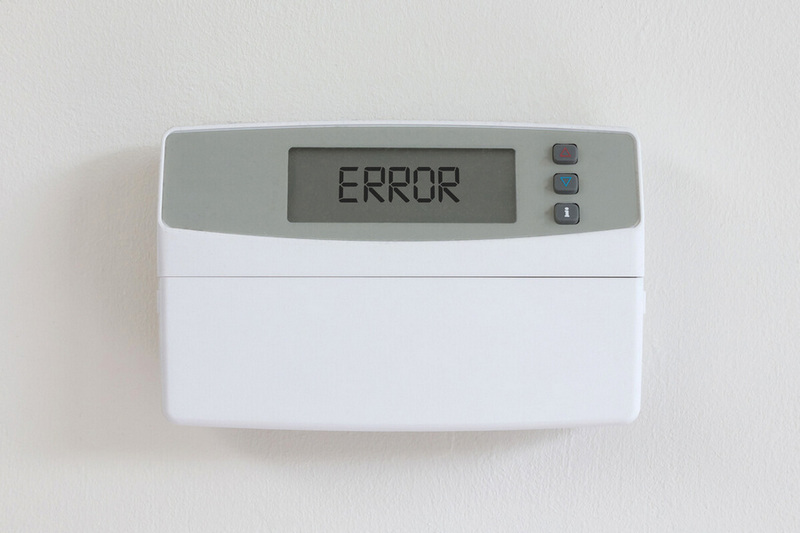With blazing and sweaty summers upon us, people are looking for affordable and energy-efficient means to cool down at their homes. While air conditioners excel at keeping you comfortable, they are costly to keep running all day.
Therefore, it is the primary reason why people look for the best fans with low power consumption to beat the heat. This article discusses different types of fans, their wattage, and how much it costs to run them.
Do Fans Use a Lot of Electricity?
Undoubtedly, fans are a much better option than central or unit air conditioners when saving money on electricity bills. You can use them all day, and it will still cost you only a fraction of the cost of an air conditioner.
Typically, fans have a power rating ranging from 60 to 100 watts. Just search up your fan rating on the internet or use the included guide to learn more about your fan.
Next, you can easily calculate the total power consumption per day by multiplying the Kilowatt-hour by the number of hours you use your fan and the electricity tariff in your area.
However, it is crucial to remember that not all fans run on similar watts per hour. Their energy use depends majorly on factors like the manufacturer and the radius of the fan.
Moreover, there are many different types of fans in the market, from ceiling fans and pedestal fans to tower and box fans. Each of them carries their different wattage and adds up differently to your electricity bills.
Read Also: The Best Fan and Air Purifier In One
How Much Electricity Do Different Types of Fans Use?
As mentioned above, fans come with different power ratings. Thus, if you are looking for the best energy-efficient fan, you need to research different power ratings beforehand.
In the following section, we have included some of the most common fans and discussed their power consumption.
Ceiling Fans
Ceiling fans are one of the commonest appliances in every home. They function using an electric motor to circulate air inside your room and keep it cool via an evaporative cooling method.
It is also essential to know that ceiling fans come in different sizes, from 36 inches to massive 56 inches fans. Most houses contain 48 inches ceiling fans in their rooms, which typically have a 75-watt rating. Meanwhile, the larger 56-inch fans use approximately 90 watts.
Notably, there are many energy-efficient ceiling fans available in the market now too. Some certified fans can even reduce 60% of your electricity bill by using energy more efficiently.
Recommend: Why Is My Ceiling Fan Making Noise
Box Fans
Box fans have many more advantages than a traditional ceiling fan. They offer you removable grills, control buttons on the front, and many other features depending on the manufacturer. Moreover, this appliance is space-saving, low-maintenance, portable, and relatively inexpensive.
Overall, box fans can have a power rating anywhere between 50 to 100 watts. These values are dependent on many factors, including its size, blades, electric motor, and the speed you run it on. Typically, larger box fans run on a higher wattage than smaller models.
You can estimate the electricity use based on the wattage, running hours, and your local tariff.
Pedestal Fans
Compared to ceiling fans, pedestal fans have a smaller sweep or radius with an average of about 16 inches. However, these fans tend to have a more powerful motor, support higher revolution per minute, and rotate to cover larger areas.
As a result, most pedestal fans typically can have a rating between 50 to 60 watts.
Pedestal fans are an excellent choice for people with smaller rooms, on rent, or if they want something portable.
Tower Fans
Tower fans are another smart appliance to keep you cool during the summer. These are portable, vertical fans that circulate the air already inside your home and use an evaporative cooling method for heat relief.
Depending on the model, manufacturer, and features, a tower fan can have a 48 to 100 watts rating. Since these fans can include three or more than three-speed settings, their energy consumption varies upon use.
Other Types of Fans
Besides the fans mentioned above, you can find many other types of fans in the market. For example, table fans are a type of pedestal fan that is much more portable and small enough to place on your bedside table. They typically have a rating of around 35 to 75 watts.
Although they are not popular, window fans are an excellent, energy-saving solution to summer heat. As their name suggests, these fans are installed on a window and circulate outer cooler air inside your home. These fans can consume power between 35 and 100 watts depending on their build and model.
Is It Cheaper To Run a Fan or Air Conditioning or a Combination of Both?
Undoubtedly, it is much cheaper to use a fan than an air conditioner to keep your home cool during sweltering heat. Let us compare some numbers to understand the difference between their power consumption and electricity cost.
As mentioned above in the article, fans can run as low as 30 watts to a maximum of 100 watts. Meanwhile, a three-ton central air conditioner can consume around 3 kilowatts of power. Besides this, a window AC unit runs on 1.2 kilowatts.
What’s more, according to recent data, AC units take up about 12% of all home energy expenditure in the US. With such a high cost to run, many people on tight budgets decide to forego installing ACs in their homes.
However, there is another option if people do not want to let go of air conditioners. Since AC units are the best at cooling you down, you can use them along with a ceiling fan to reduce your energy cost. The fan will blow the cool air in the whole room and prevent your AC from working hard.
Read Also: Does a Fan Help a Humidifier?
Although the total cost will be higher compared to just fans, the combined appliances effectively keep you comfortable and reduce your monthly bill.
Whether you’re using fans or air conditioning, the running costs also come down to how you use these appliances. Don’t leave them turned on when you’re not around. Similarly, keep the air conditioner running at 75 degrees or higher can also help bring down costs.
Conclusion
Air conditioners are the best appliance for keeping your home comfortable. However, their operation cost is not desirable at all.
Therefore, many people look for other fans to beat the heat and keep their electricity bills low. With various types of fans available in the market, it becomes crucial to research before making any decision.
This article highlights some of the most common and popular fans and their energy consumption to help you decide.








Pretty! This was an incredibly wonderful post. Thank you for providing this information.
Thank you for your kind words! I’m glad you found the post helpful.